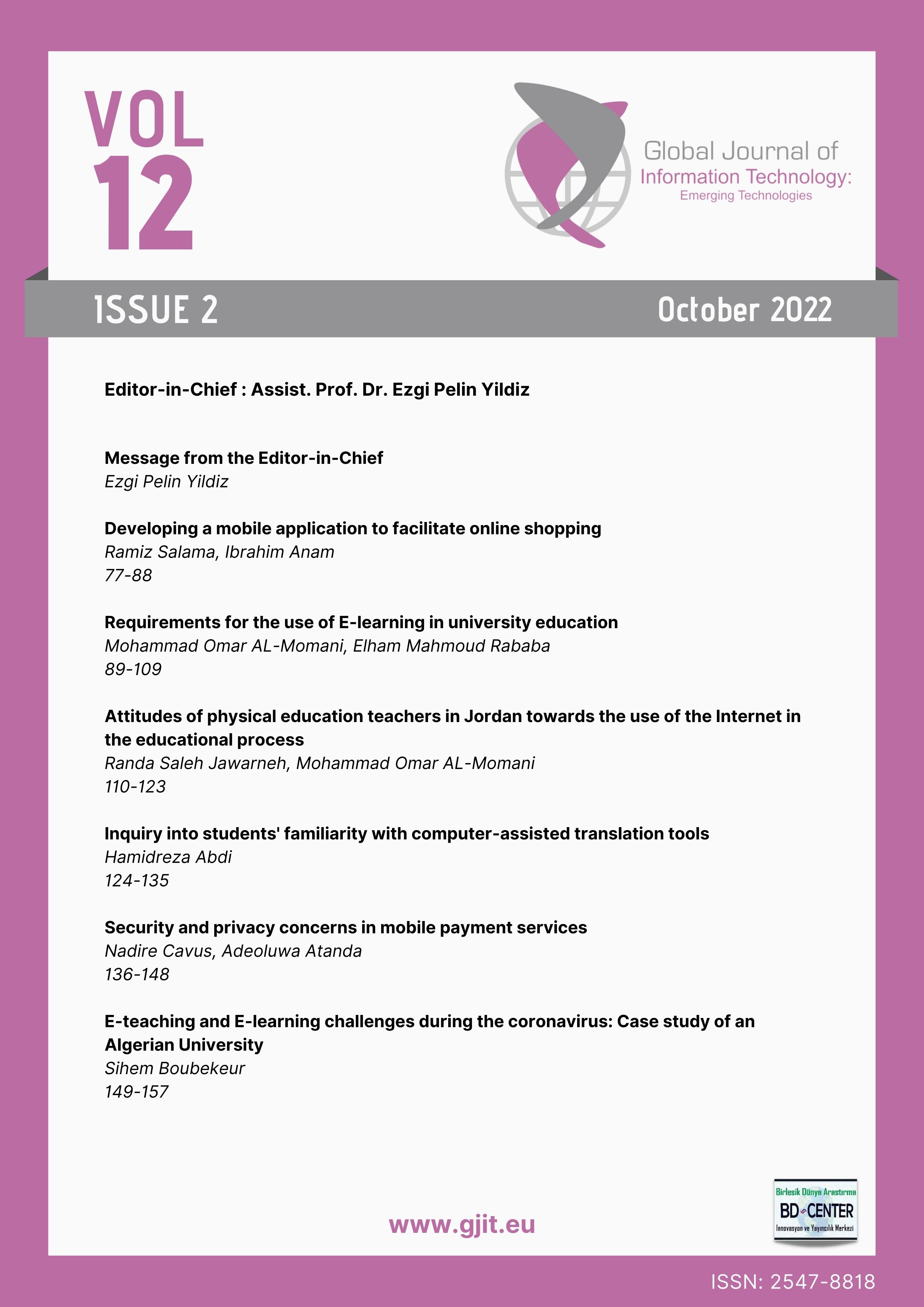Inquiry into students' familiarity with computer-assisted translation tools
Main Article Content
Abstract
Acquiring knowledge of computer-assisted translation (CAT) technology is the basic requirement not only for translation students but also for professional translators to have good use of CAT tools. This study aimed to investigate the degree of M.A. translation students’ familiarity with CAT tools used to support CAT-related activities included in the translator’s workstation. To do so, a questionnaire consisting of 16 questions was prepared for data collection based on translation activities proposed by Fulford and Granell-Zafar. This includes document production activities, business management activities and translation creation activities. As the results indicated, the M.A. translation students were mainly familiar with general-purpose applications, such as word processing software and machine translations, and rarely with specific-purpose software, namely web publishing software and accounting packages. They also were in full agreement with the effectiveness of CAT tools in their productivity and efficiency.
Keywords: Computer-assisted translation (CAT) tools, machine-aided translation, technology;
Downloads
Article Details

This work is licensed under a Creative Commons Attribution 4.0 International License.
Authors who publish with this journal agree to the following terms:- Authors retain copyright and grant the journal right of first publication with the work simultaneously licensed under a Creative Commons Attribution License that allows others to share the work with an acknowledgement of the work's authorship and initial publication in this journal.
- Authors are able to enter into separate, additional contractual arrangements for the non-exclusive distribution of the journal's published version of the work (e.g., post it to an institutional repository or publish it in a book), with an acknowledgement of its initial publication in this journal.
- Authors are permitted and encouraged to post their work online (e.g., in institutional repositories or on their website) prior to and during the submission process, as it can lead to productive exchanges, as well as earlier and greater citation of published work (See The Effect of Open Access).
